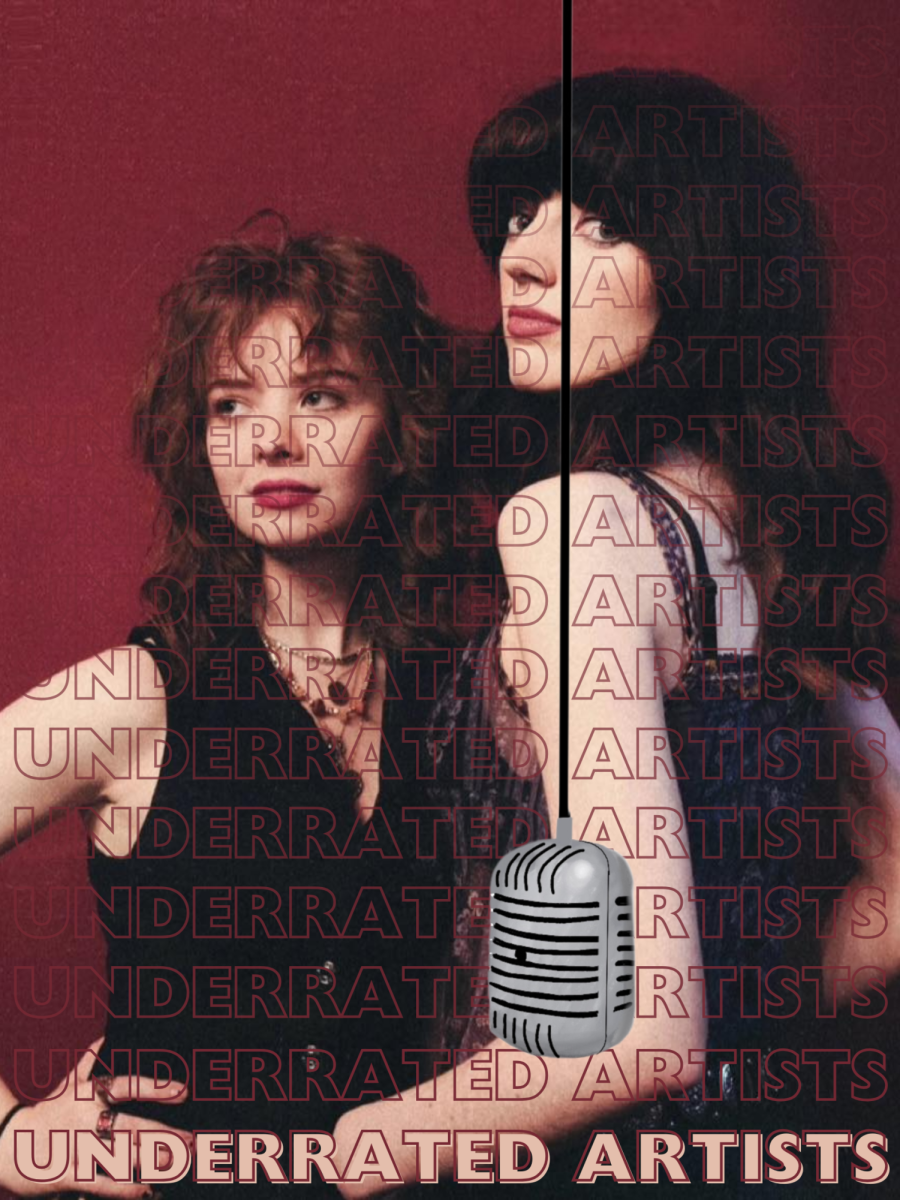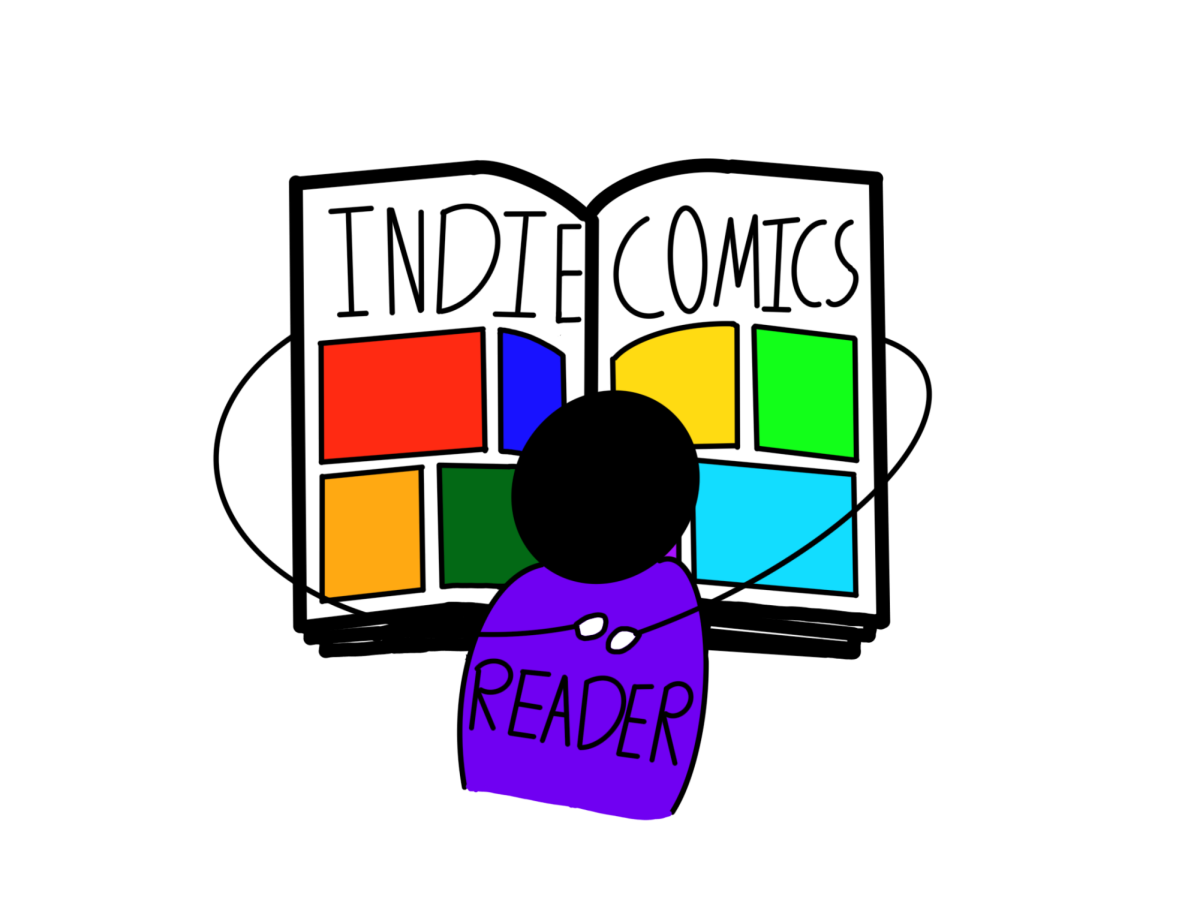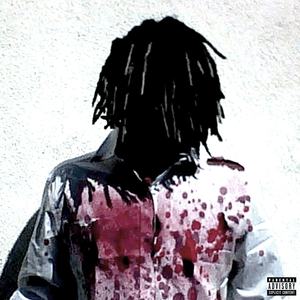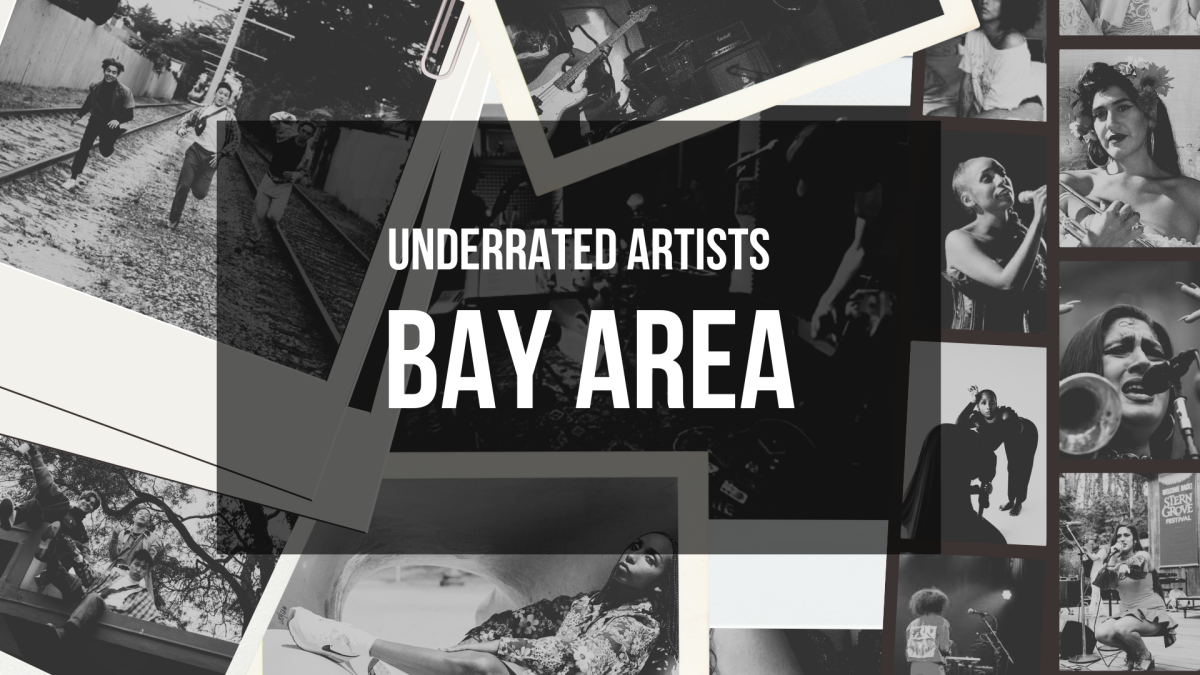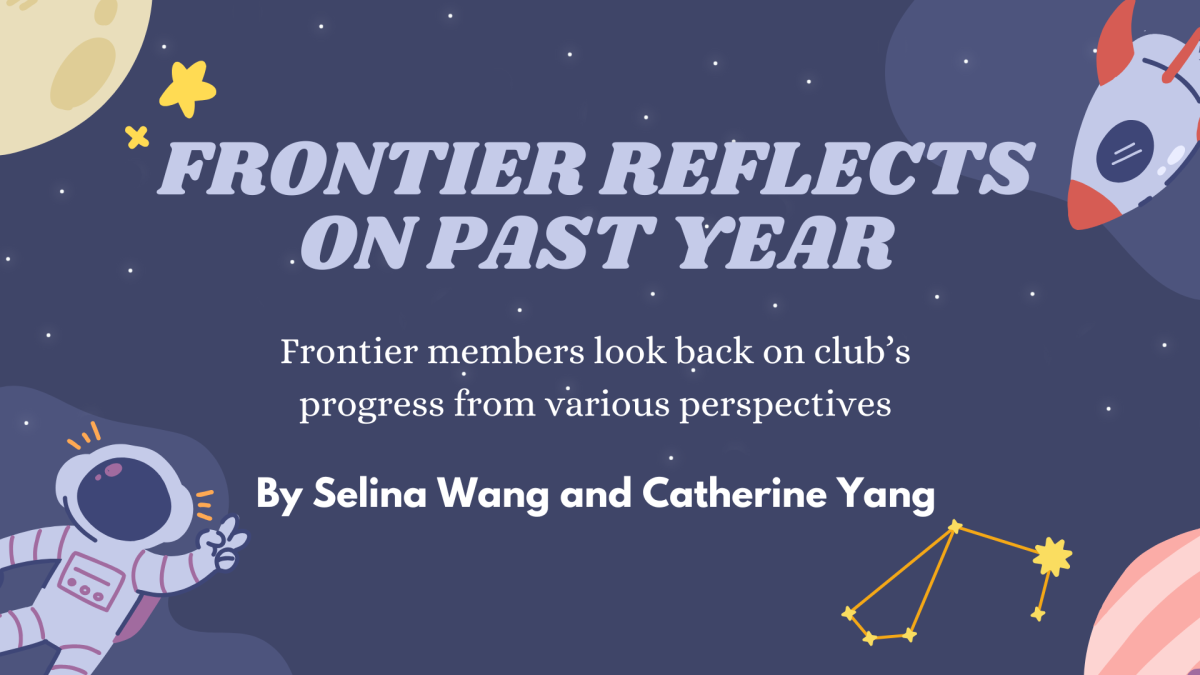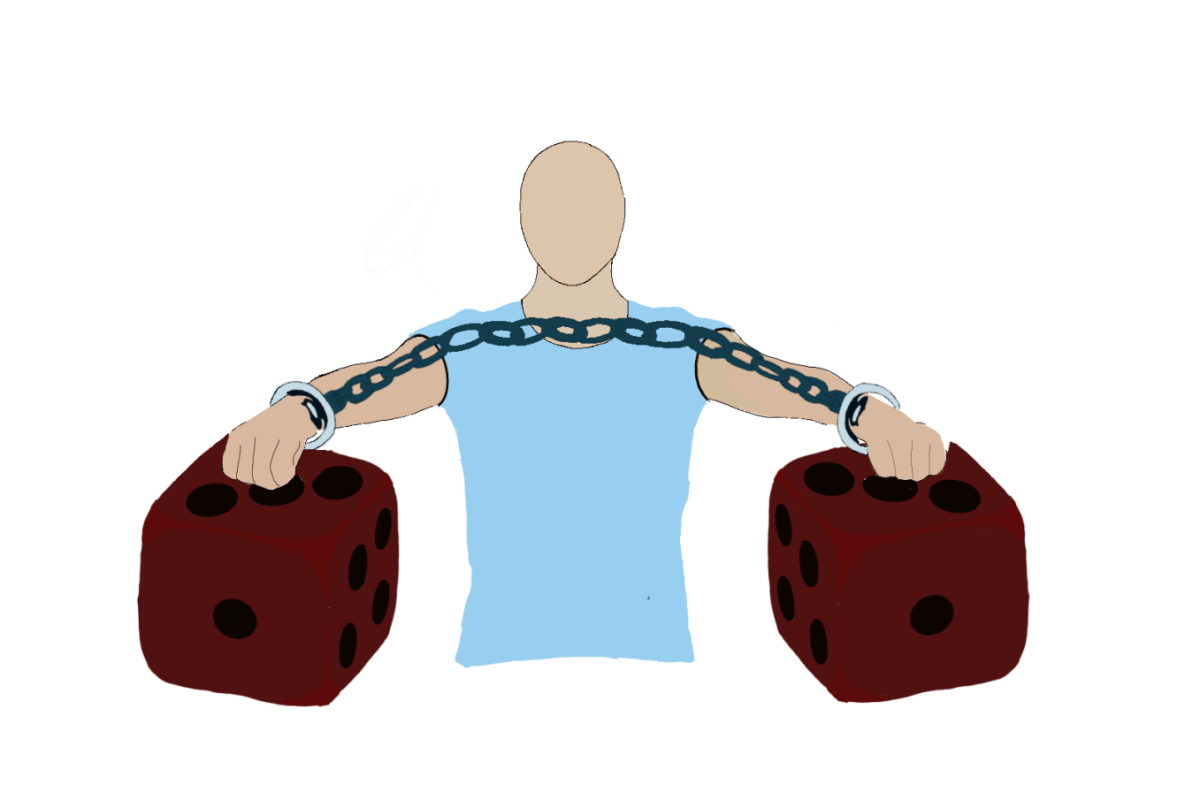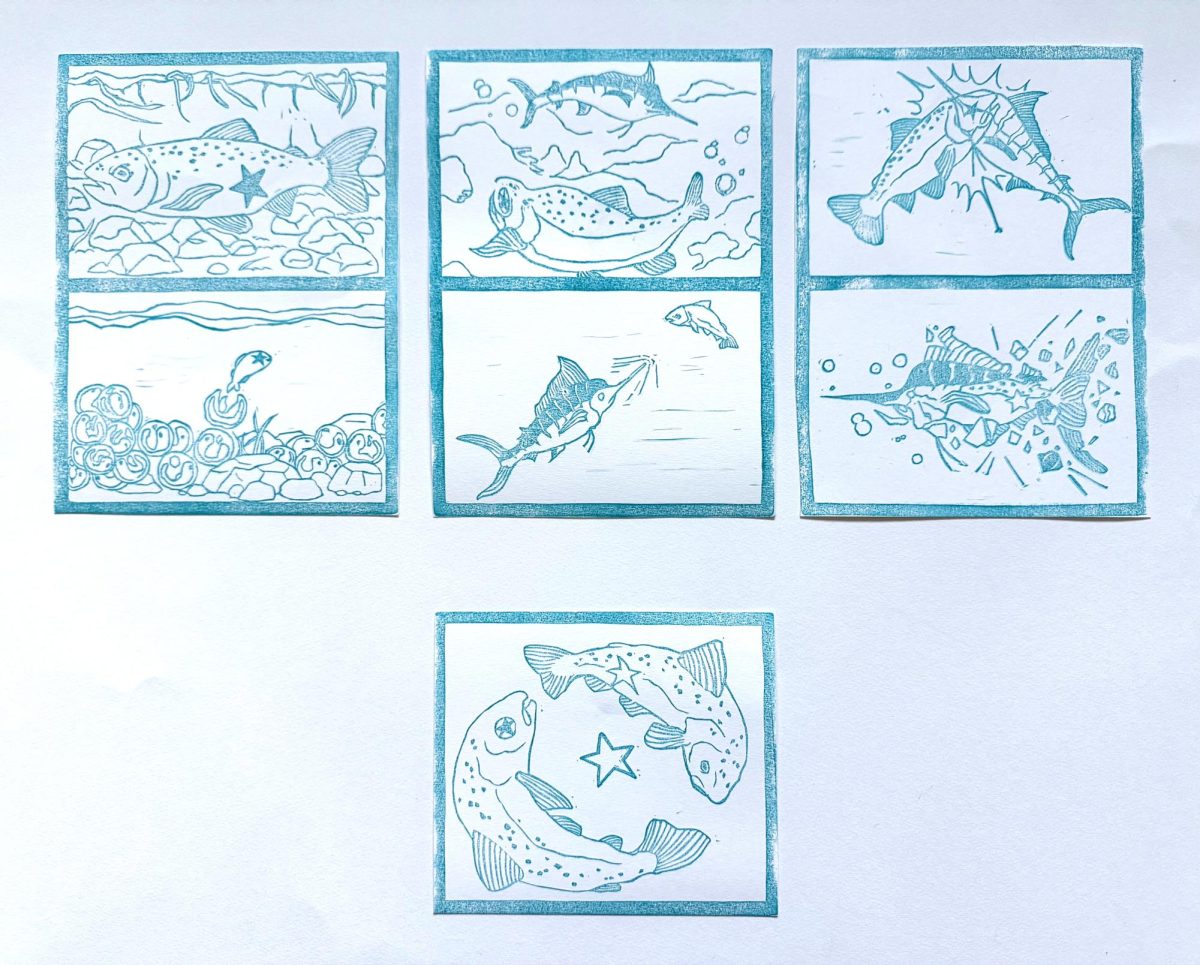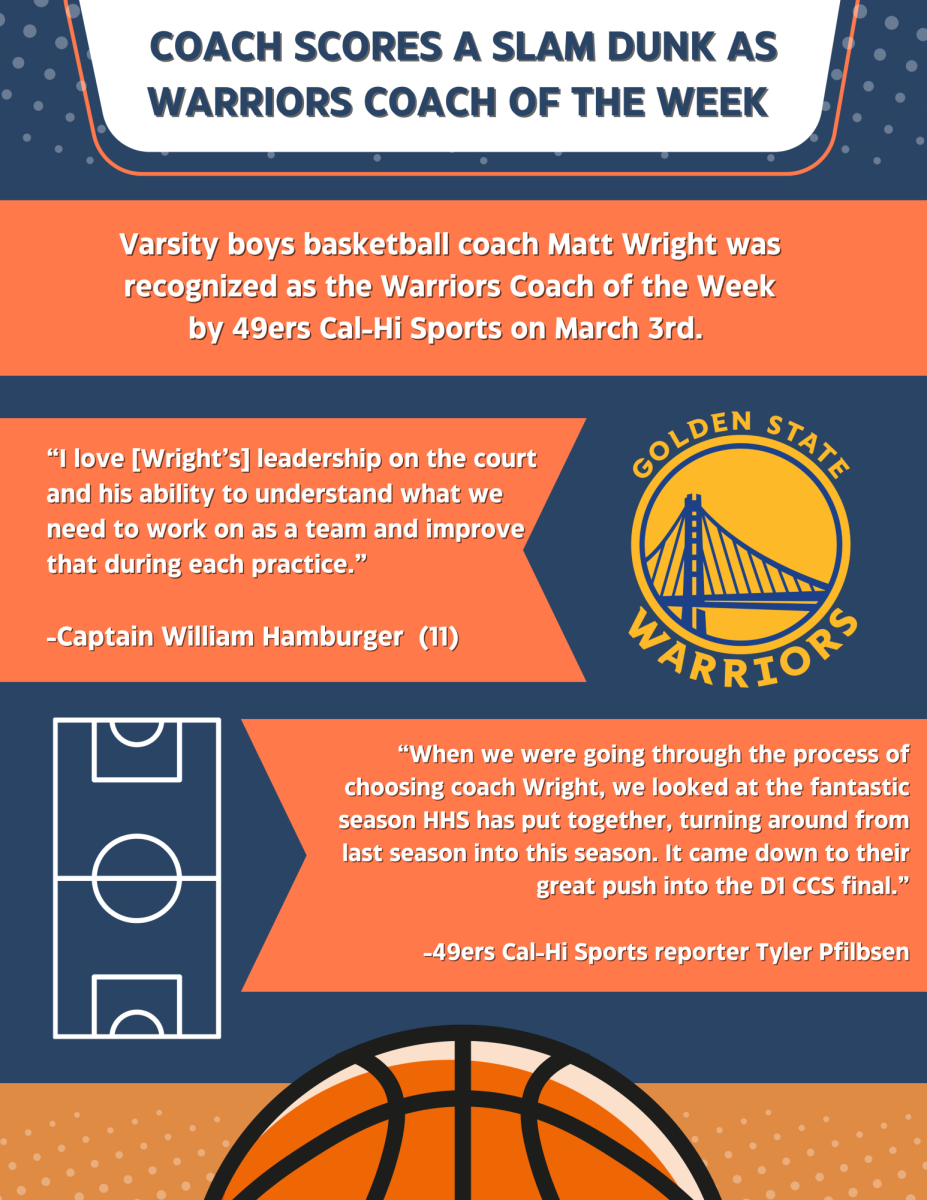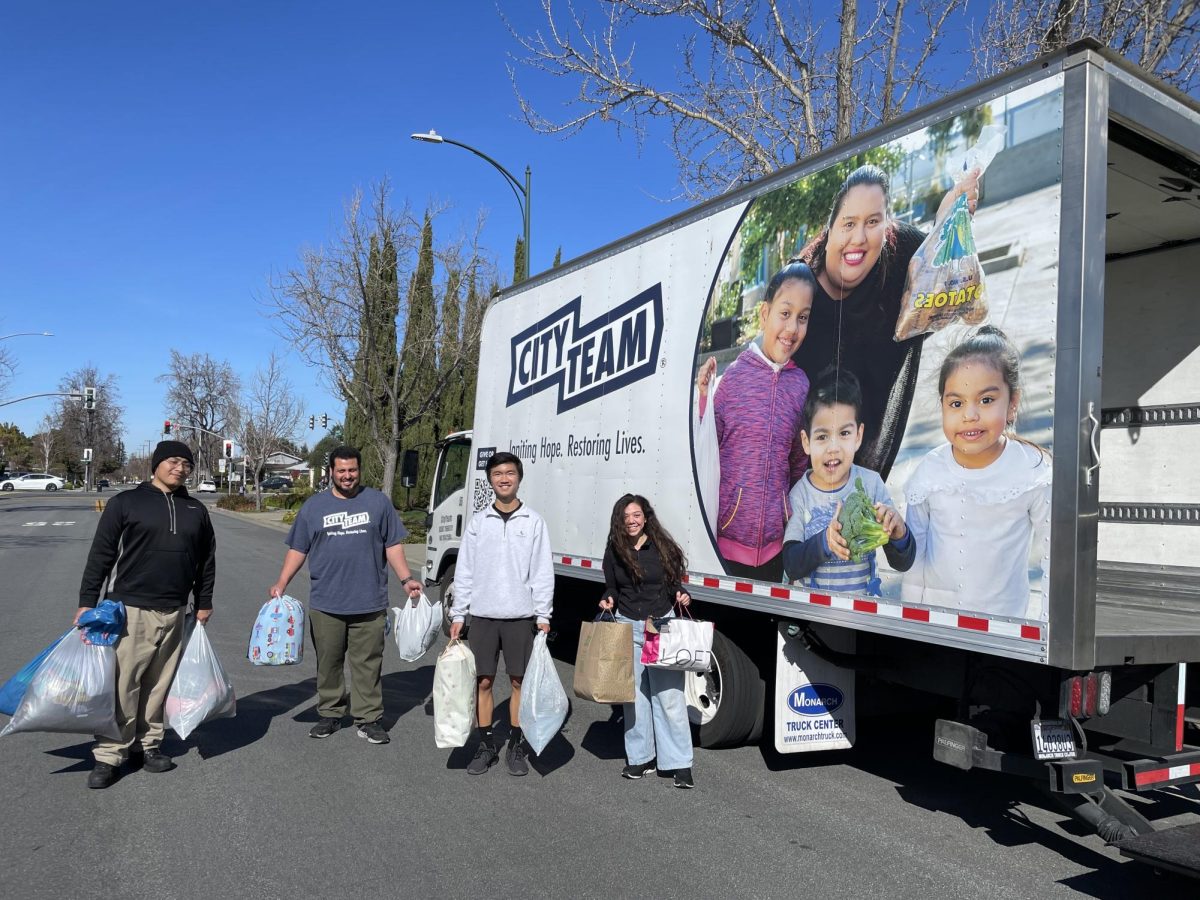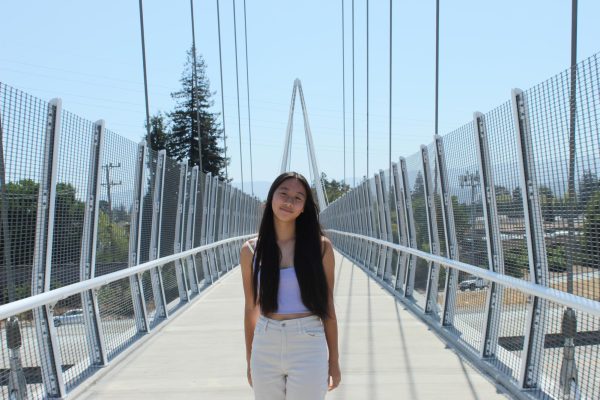From cave paintings to digital works, every piece of art tells a story, reflecting human creativity and emotions. As art has evolved, even AI can create art, which has transformed from basic coded patterns to the stunning illustrations people know now. However, despite the long way that AI has come, it still lacks the soul and creativity that only a human artist can give.

(Illustration by Selina Wang)
At first, AI incorporated simple shapes and figures. Compared to then, AI has come a long way, but the art it generates is still cold and unfeeling, giving off a strange sense of unease.
Recently, with rapid advancements in technology, AI has become an efficient and cost-effective replacement for artists. Even if AI increases profit margins for companies using it, human-made art is still superior to AI from both an ethical and qualitative perspective.
Besides lacking the personality and authenticity that are characteristic of human-made works, AI also raises ethical questions. It exacerbates unemployment in an already competitive industry and even steals art without credit, according to The New Yorker.
For instance, artist Kelly McKernan joined a lawsuit against AI generators for adding their artwork to the company’s database without consent or compensation.
In an industry as cutthroat as art, the use of AI eliminates valuable job opportunities for artists who need employment to sustain their careers. Even as some companies have grown, their desire for cheaper results has sacrificed the quality of art they receive, leading to public backlash.
One example is Duolingo, a language learning app that has recently been under fire for replacing its artists with AI. The large number of artists who were laid off triggered immense pushback from the art community and led many Duolingo users to quit the app in protest.
Duolingo’s choice not only sacrifices the careers of dedicated artists but also completely removes the creativity that made its brand so iconic. Their choice shows a disregard for their workers and highlights their greed.
Beyond the loss of jobs, the method AI uses to generate art is problematic, as it steals from artists without their consent. To generate art, companies collect samples from various artists with different styles and combine them to create an image, meaning none of the work AI generates is original.
If companies insist on using AI to create art rather than commissioning artists, they must pay the artists whose work was sampled. Alternatively, artists could be credited so that others who enjoy their work have an opportunity to reach out. This can allow artists to better support themselves in an age where AI is seemingly taking over.
On top of that, the artists must give their consent and receive compensation when their work is used by AI.
We need to be mindful of the art we create and give credit where credit is due. Rather than larger corporations using AI-generated art to avoid commissioning artists, they should be supporting the art community through this influx of AI art. There are many jobs that AI can take over, but being a creative and talented artist is not one of them.




